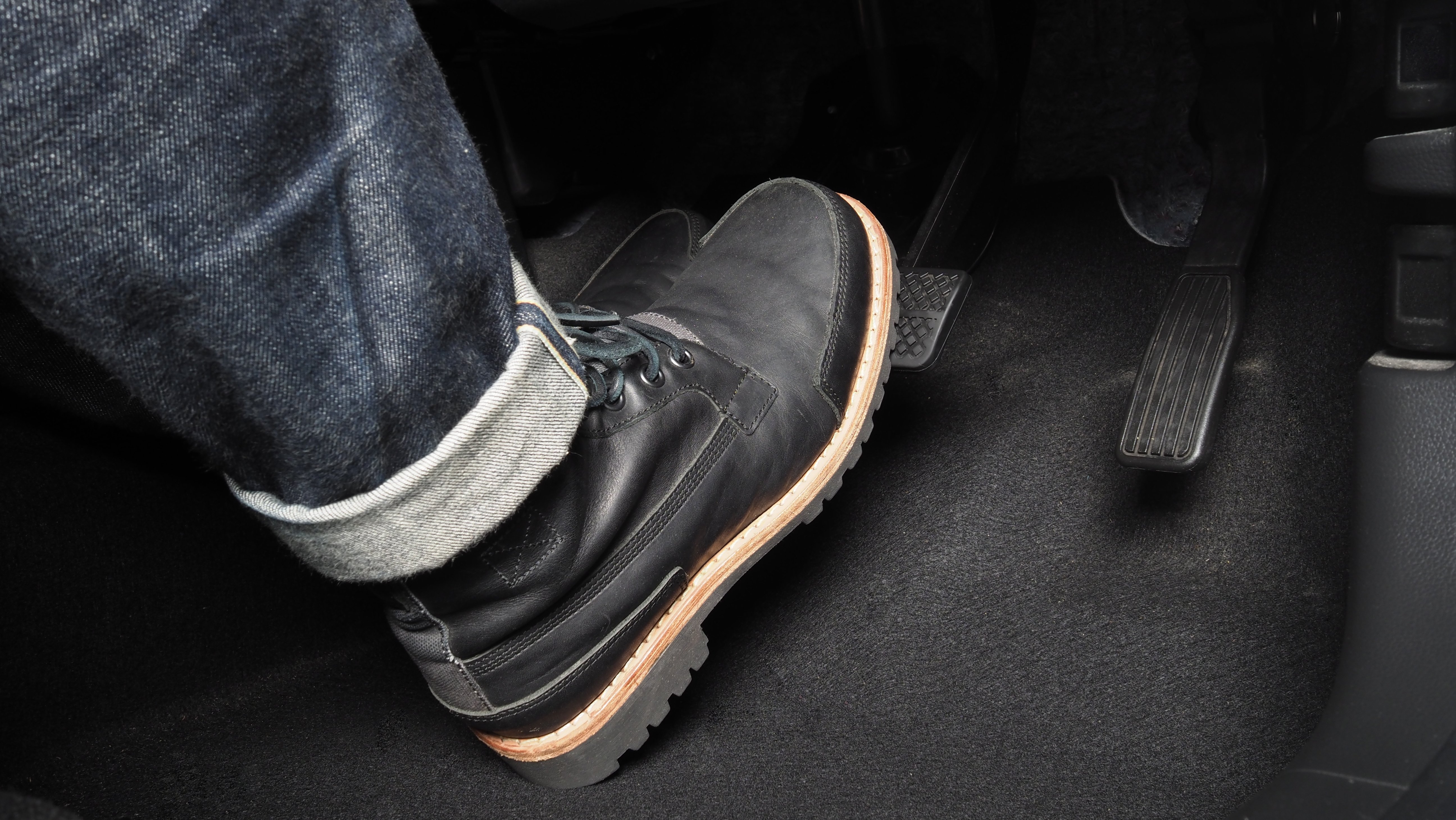
Have you ever driven drunk? We certainly hope not! But what about driving while drowsy? Have you ever driven when you were really tired? Most people don’t realize that drowsy driving has the same cognitive effect as driving drunk and can be just as dangerous.
Did you know that if you closed your eyes for just five seconds while driving 55 miles per hour, you would travel more than 125 yards? That’s the distance of a football field!
Most people wouldn’t get behind the wheel and drive drunk, but they might not think twice about driving while drowsy or fatigued. Unfortunately, it happens every day. Collisions caused by fatigue or drowsy driving are actually on the rise.
The good news is that drivers can prevent drowsy driving. A few ways to avoid falling asleep while driving is getting enough rest each night, not getting behind the wheel during peak “sleepy” times and pulling over to take a brisk walk to help you "wake up."
Still, the National Highway Traffic Safety Administration estimates that drowsy driving accounted for some 72,000 crashes, 44,000 injuries and 846 deaths in 2014 — and the actual numbers are thought to be much higher. Often, the true cause of a collision is inconclusive, and drivers are reluctant to admit that they fell asleep while driving or that drowsiness contributed to driver error.
Another study from the AAA Foundation for Traffic Safety estimates that some 7% of all crashes and 16.5% of all fatal crashes involved drowsy driving. If those numbers hold true, this means that more than 5,000 people died in drowsy-driving related motor vehicle crashes in the U.S. last year alone.
According to the Centers for Disease Control and Prevention (CDC), a survey of nearly 150,000 adults 18 years or older in 19 states and the District of Columbia revealed that one in 25 adult drivers has admitted to falling asleep while driving at least once in the previous 30 days.
Are You Too Sleepy to Drive?
Falling asleep while behind the wheel is bad enough, but even driving while drowsy can affect your performance on the road.
Drowsy driving makes it more difficult for drivers to pay attention to the road and slows reaction time if you have to suddenly swerve or hit the brakes. Simply put, it affects a driver’s overall cognizance and their ability to make good decisions.
What are some signs that you are drowsy and shouldn’t be driving? The most obvious signs are frequent yawning or blinking, drifting from your lane or unexpectedly hitting a rumble strip on the side of the road.
Have you ever been driving along and missed your exit because you were “zoned out” and not paying attention? Or, have you ever been driving for several miles, but suddenly unable to remember them? These can both be signs of drowsy driving.
If you experience any of these warning signs and symptoms, pull over to rest or change drivers. It isn’t enough to roll down the windows, turn up the radio and chug an energy drink. The effects of these are temporary and might fool you into thinking you are more alert than you really are.
How to Prevent Drowsy Driving
The most effective way to prevent drowsy driving is to get enough sleep. Most adults need at least seven to nine hours of sleep each night, and teens need even more.
Studies show that most crashes involving drowsy driving occur between midnight and 6 a.m. or late in the afternoon and typically involve a single vehicle and one driver with no passengers. In these crashes, drivers typically fall asleep and run off the road at a high rate of speed with no evidence of braking. These types of crashes also most often occur on rural roads and highways.
Avoid driving during these peak “sleepy” times and stay alert for any signs of drowsiness.
Never drink alcohol or take medications that make you sleepy when you know you will be driving. Alcohol combined with drowsiness only increases a driver’s impairment. If you are unsure of the side effects of your medications, talk to your doctor or pharmacist and always read medication labels.
If you find yourself fatigued or drowsy while behind the wheel, the best thing to do is to pull over in a safe place and take a 20-minute nap. Research has shown that this will increase your overall alertness so that you can safely reach your destination. It’s always better to pull off the road and take a quick nap to boost your energy than it is to stay on the road when you are tired.
Exercise can also help you “wake up.” Pull over to a rest stop or parking lot and take a brisk walk before getting back behind the wheel.
Are your fleet’s drivers out on the roadways, driving drowsy? Commercial drivers are more likely to become fatigued behind the wheel because of their hours and the amount of time they spend on the road.
Smith System offers a number of fleet-management solutions that allow you to track fleet vehicles and monitor driver behavior. To learn more about how to ensure your drivers are always alert and able to combat fatigue before a crash occurs, contact our team of experts today.









